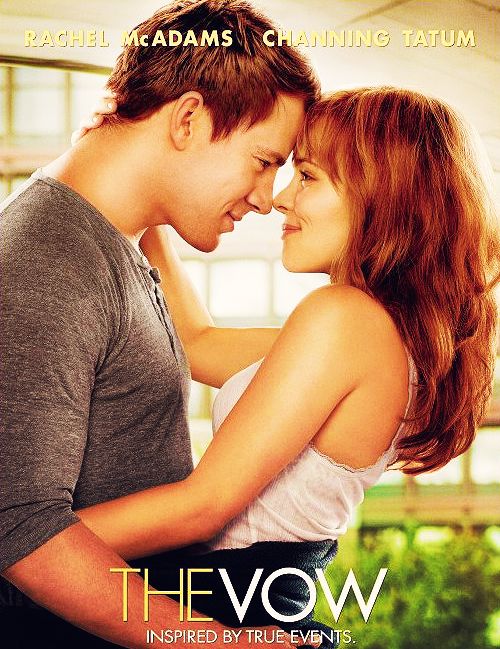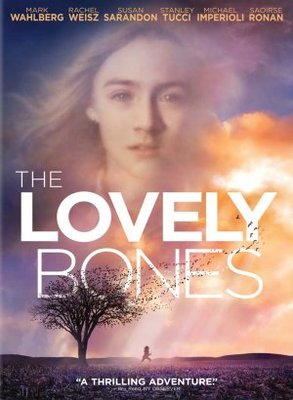 Mise en scene is a key part of any film opening as it
creates a sense of setting for the rest of the film. The mise en scene in the
opening to the phantom of the opera is particularly important as the film is
not in chronological order. The opening is set at the end of the “disaster”.
Mise en scene is a key part of any film opening as it
creates a sense of setting for the rest of the film. The mise en scene in the
opening to the phantom of the opera is particularly important as the film is
not in chronological order. The opening is set at the end of the “disaster”.
The biggest part of mise en scene is the change in setting,
in the beginning the film is in black and white it also starts of a very still;
painting like image which upon a close up shows the audience that really it is
a black and white setting of an Opera House. The choice of colour could also be
used to show the time period it is set in. It can also gives some relevance to
themes as the lack of colour could mean that the film is very dark, grimy and
possibly even scary. As we see inside, we are given an overhead shot which
gives a view of the entire Opera House, this could be outline the damaged that
has been done and also to show that this has caused the “death” of the opera
house. The scenery is very bleak and
dull with a continued lack of colour. The Opera house is shown as worn out and
derelict. The props from former productions are being auctioned off to a select
few who have chosen to attend this auction.
As the props are being auctioned off, we see the select few are all very well dressed and look like very wealthy people, they are also very aged suggesting that the “disaster” has been going on for a long time. Going to an opera is usually a given sign of wealth but because the film is still in black and white there clothing can be seen as only black this could signify “mourning” it also make it seem as if they are there for a funeral not an auction. There are a lot of random props but when a monkey with symbols is shown there is a certain amount of interest taken in it, because the film begins at the end I believe that particular prop must have had a important part in the story. When the auctioneer gets the lot “666” the broken chandelier we are aware automatically that this must have connotations. The number 666 is the number of the devil therefore this connotes the danger and sin that the object has been through.
Once the chandelier is unveiled the opera house begins to restore itself to it former glory as well as starting the story from the beginning. The chandelier is a very extravagant design that shows eccentric the opera/theatre can be. Whilst the chandelier is being hosted up to the ceiling we see the dust and blackness removed from all over the building. The dust reveals luscious red velvet chairs, the finely crafted golden statues that line the walls, the roaring flames that light up the stage. All of which shown how the opera at that time was mainly for upper class especially as at this time class was of very big importance. The roaring flames also show how the stage is the heart of the opera house by showing off its heat and fiery presence. As well as the building itself being reborn, the life inside it also returns. The bustling of actor and dancers is shown with a range of very colourful and vivid costumes that light up the back stage. The costumes also look like no expense was spared on them and that they were the best of the best for a good show to be put on.Finally the views of the stairs and back stage show the effort that was put into the creation of the building; this also mirrors the amount of work that is put into a production. Therefore showing a production is like a moving organism, it needs all elements to function. The use of music could also suggest its within the heart of the opera.
As the props are being auctioned off, we see the select few are all very well dressed and look like very wealthy people, they are also very aged suggesting that the “disaster” has been going on for a long time. Going to an opera is usually a given sign of wealth but because the film is still in black and white there clothing can be seen as only black this could signify “mourning” it also make it seem as if they are there for a funeral not an auction. There are a lot of random props but when a monkey with symbols is shown there is a certain amount of interest taken in it, because the film begins at the end I believe that particular prop must have had a important part in the story. When the auctioneer gets the lot “666” the broken chandelier we are aware automatically that this must have connotations. The number 666 is the number of the devil therefore this connotes the danger and sin that the object has been through.
Once the chandelier is unveiled the opera house begins to restore itself to it former glory as well as starting the story from the beginning. The chandelier is a very extravagant design that shows eccentric the opera/theatre can be. Whilst the chandelier is being hosted up to the ceiling we see the dust and blackness removed from all over the building. The dust reveals luscious red velvet chairs, the finely crafted golden statues that line the walls, the roaring flames that light up the stage. All of which shown how the opera at that time was mainly for upper class especially as at this time class was of very big importance. The roaring flames also show how the stage is the heart of the opera house by showing off its heat and fiery presence. As well as the building itself being reborn, the life inside it also returns. The bustling of actor and dancers is shown with a range of very colourful and vivid costumes that light up the back stage. The costumes also look like no expense was spared on them and that they were the best of the best for a good show to be put on.Finally the views of the stairs and back stage show the effort that was put into the creation of the building; this also mirrors the amount of work that is put into a production. Therefore showing a production is like a moving organism, it needs all elements to function. The use of music could also suggest its within the heart of the opera.












